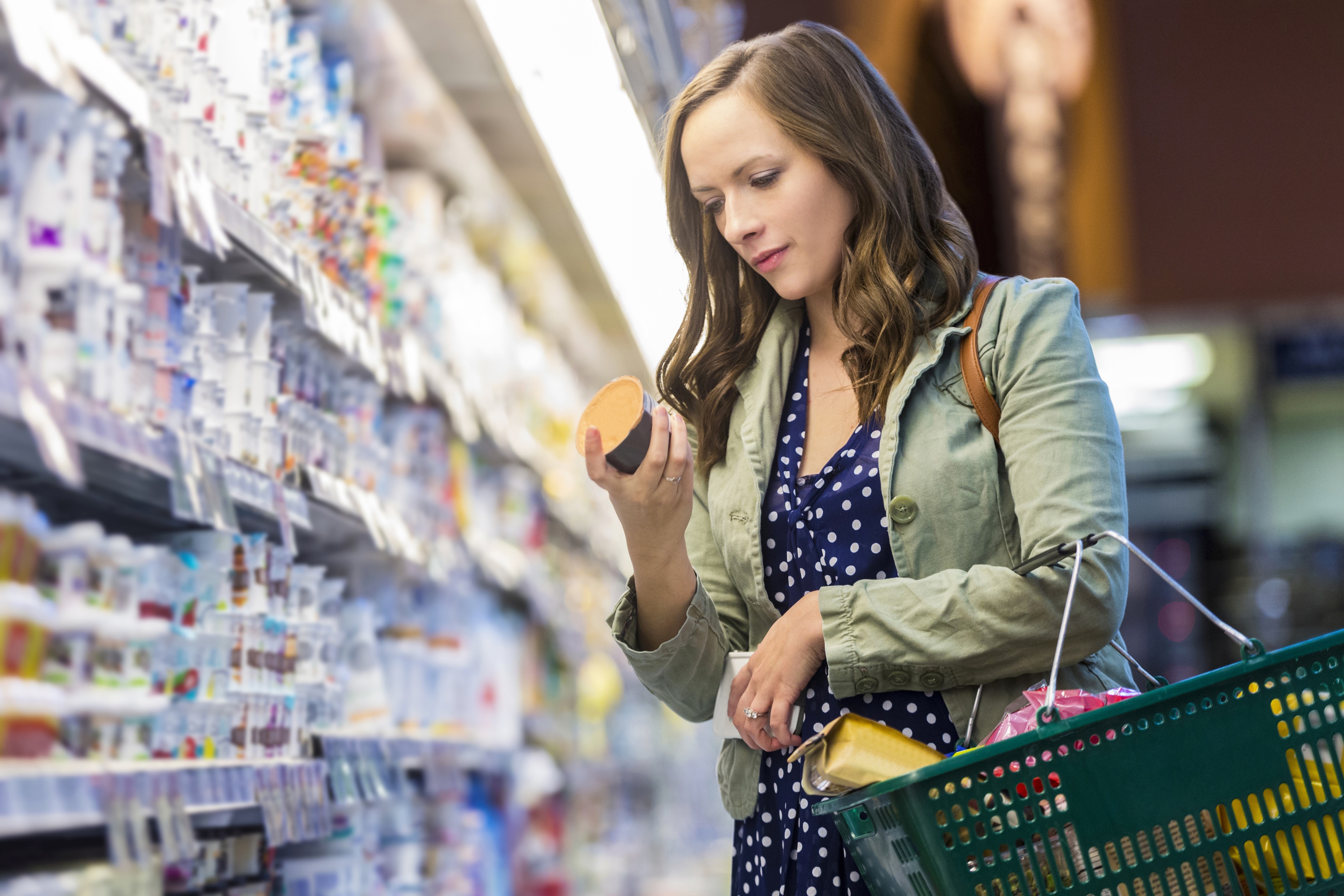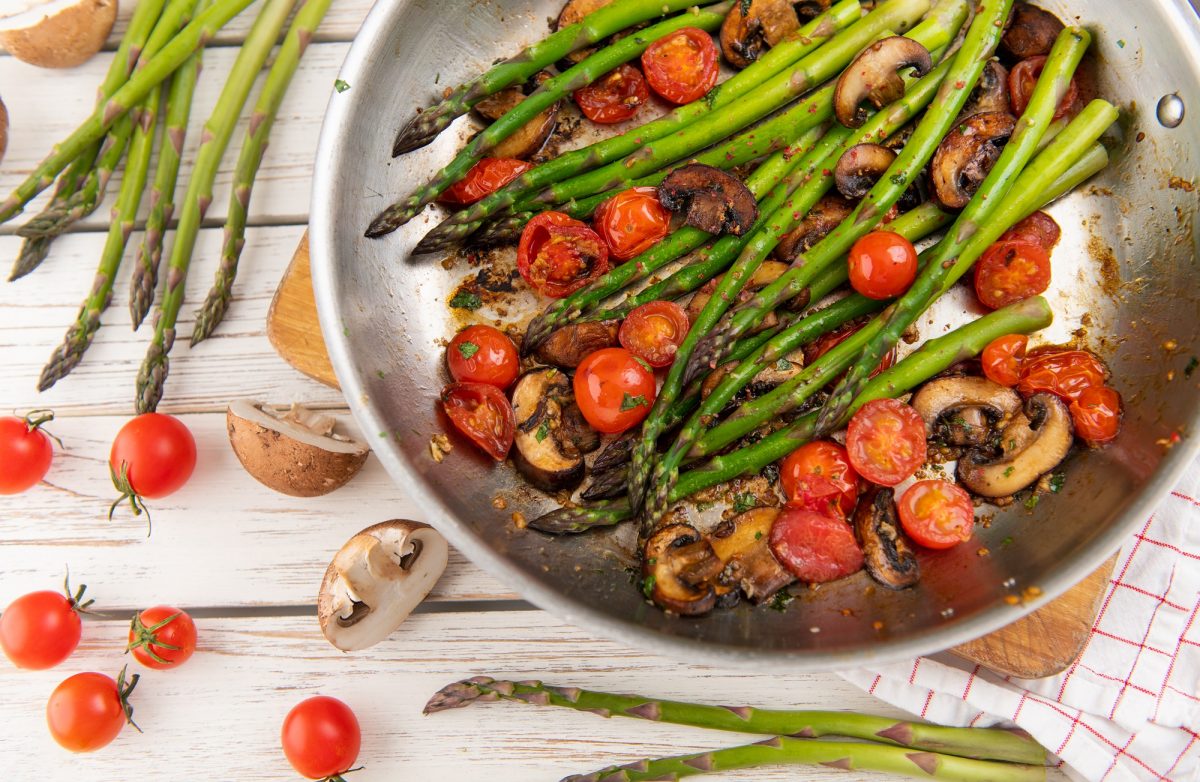More and more people want simpler foods with fewer, familiar ingredients. They also want to know where their food comes from and even how it was grown. This “clean label” food trend continues to grow in the United States and worldwide. Organic and non-GMO are essential attributes of clean label foods.
Fewer, more recognizable ingredients, “free from”
“Clean label is the number one macro-trend in food,” says Shawn Kohlmeier, sales coordinator, food division at Briess Malt & Ingredients Co. “While there are micro-trend movements that shift from year to year, everything comes back to consumers wanting a cleaner, more transparent label on the foods they buy.”
Like the term “natural” there is no commonly accepted definition of “clean label.”
“While there are different definitions of clean label, there tends to be a consensus around fewer ingredients, more recognizable ingredients, and checking the box on many of the ‘free-from’ consumer needs, especially free from artificial flavors, colors, and preservatives,” says Mark Stavro, senior director of marketing at Bunge North America.
“Clean label is in the eye of the beholder,” says Donna Reiser, marketing communications manager at Bay State Milling Company. “For some consumers, it means certified organic and/or non-GMO ingredients. For others, it’s about products with a minimum of ingredients, minimally processed, or free from particular ingredients like allergens.”
Clean label is linked to “natural” because consumers associate a clean food with being more natural. “People seek out foods as close to nature as possible,” says Carl Jorgensen, executive vice president and managing director at Free From Forum. “Consumers believe nature knows best for us better than scientists in lab coats.”
While more consumers may be seeking clean label foods they may not be familiar with the term, says Steve French, managing partner at Natural Marketing Institute (NMI), a market research firm.
“Clean label is more of an industry term. Some consumers understand what it is but others don’t,” he says.
Jorgensen says consumers are more familiar with the term “free from.” “Consumers didn’t think in terms of clean label; they thought more in terms of ‘free from,’ or free of artificial colors, flavors, whatever, and a lot of clean label brands are marketed under ‘free from.’ ”
Clean label has become industry standard
The clean label trend has been growing for the past decade, according to French.“The root (of the clean label trend) is about transparency. Consumers want to know what’s in their products.”
NMI’s research has found that the number of people looking for foods with a short list of recognizable ingredients grew from 33 percent in 2006 to 55 percent in 2017.
According to data by Nielsen Product Insider, sales of clean label food and beverages are growing at more than 4 percent per year, while the overall food and beverages market is flat.
The clean label trend continues to accelerate. In an Ingredion survey of 2,600 food and beverage manufacturers globally, 81 percent said they were planning to launch clean label products in the next two years.
“Yet, only a small percentage of the food industry has converted to date, and so the headroom for growth is significant wherever you look,”says Jennifer Tracy, global senior strategic marketing manager, Clean & Simple Ingredients at Ingredion.
Younger generations in particular are demanding clean foods, says Bill Hanes, director of marketing and strategy at Lesaffre Yeast Corporation.
“Clean label is very important to food manufacturers who are trying to market their products to Millennials and Generation Z. The younger in age, the more important it is to you as a producer.”
Kohlmeier agrees. “Younger generations have grown up with clean label foods, and, if anything, they will drive demand for even more transparency in label ingredients and demand for non-GMO and organic.”
French says clean label is nearly a requirement in the food industry. “It’s almost a cost of entry.> If you were launching a food company today and didn’t take this trend into account, I think you are fooling yourself because a lot of big companies and even medium-sized ones are having to reformulate their products (to meet the demand for clean label products).”
Organic and non-GMO most important attributes of a clean label
Ingredient manufacturers say organic and non-GMO are essential attributes to a clean label. Elana Schwartz, sales manager at Scoular Ingredients, says the growth of organic and non-GMO and clean label are closely linked.
“When people look for products that are organic and non-GMO, they want simple ingredients. Because organic and non-GMO are growing so clean label will grow.”
Reiser cites research by Mintel that shows U.S. food and drink launches with organic and non-GMO claims were both at a five-year high in 2017.
“Speaking for our customers, the most important attributes of a clean label are organic, GMO free, gluten-free where applicable and ready-to-eat heat treated,” she says.
Stavro says many consumers see non-GMO and organic “as a badge or certification for clean label.”
Tracy says consumers across all categories and demographics expect clean label to have no genetically modified ingredients and that interest in organic is a key driver of the clean label trend.
Expanding clean to farm practices
Consumer expectations of clean foods are expanding beyond food to the farm, encompassing sustainability or regenerative agriculture practices used to produce the foods.
“Traditionally, clean labeling features a shorter and more recognizable ingredient list, but now, it’s increasingly incorporating features such as non-GMO, organic, and farmer narratives,” Stavro says.
“Clean goes beyond food to the farm level and means no antibiotics and how animals are raised,” says Maria Balice, senior director of communications at Applegate Farms, a manufacturer of organic and Non-GMO Project Verified meats and cheese. “The principle is ‘you are what you eat,’ and we like to think it extends to what your animal eats.”
Reiser says consumers want more than just information about food ingredients.
“Consumers are seeking supply chain transparency, environmental sustainability, ethical treatment of people and animals, and assurances that their food is prepared and delivered in a safe manner.”
Glyphosate-free as clean label attribute
The controversy over glyphosate herbicide with lawsuits over its link to cancer, and tests showing residues of the weedkiller in many foods, is fueling consumer concerns. Glyphosate-free certifications such as the Detox Project are emerging to assure consumers that foods don’t contain the herbicide. Will glyphosate become another clean label attribute?
“Rising public awareness of glyphosate through news coverage of the lawsuits over glyphosate causing lymphoma cancer will drive more glyphosate-free claims, ultimately rising to the level of other now-common free-from claims in food,”<
“I would think that would come under clean label. It is quantifiable,” says Elizabeth O’Donnell, co-owner of Global Food Forums, which holds clean label conferences. “Glyphosate has a negative reputation among consumers, and many wouldn’t want it in their foods.”
Ingredient manufacturers provide organic and non-GMO clean label solutions
Ingredient manufacturers are providing a wide range of many organic and non-GMO solutions to help food manufacturers produce clean label foods. Below are just a few examples:
Scoular Ingredients offers steamed chickpea flour as a replacement for wheat flour in gluten free applications. They also have an organic inulin that can be used in nutrition bar and meat alternative applications and a textured pea protein that can be used as a meat alternative. All three products are in the process of becoming Non-GMO Project Verified.
Bay State Milling’s SowNaked® organic and Non-GMO Project Verified oats provide a higher level of protein than conventional oats, eliminating the need for less sustainable protein additives. Another Non-GMO Project Verified ingredient, Bay State’s HealthSense™ high fiber wheat flour, delivers 10 times the fiber of traditional wheat flour through naturally-occurring resistant starch.
Ingredion has more than 165 ingredients which are Non-GMO Project Verified, including all of the NOVATION® functional native starches and HOMECRAFT® flours. They also have 7 organic products across several of product ranges with more planned in the future.
Bunge Loders Croklaan’s Non-GMO Project Verified BungeMaxx sunflower lecithin is a straightforward replacement for other lecithins in formulations from chocolate to beverages. Bunge Loders Croklaan also recently introduced Whole Harvest® ColdChurn® Culinary Crème, especially designed as a butter alternative for food producers.
At Lesaffre Yeast Corporation, 75 percent of the new products the company has developed are based around organic and/or clean label.
Briess Malt & Ingredients Co.’s InnoSweet™ Sprouted Whole Wheat Powder replaces a portion of refined sugar and boosts flavor. It is a natural sweetener that is a whole grain product and is not considered an added sugar. It is made from whole wheat—no nutritious fiber is removed.






